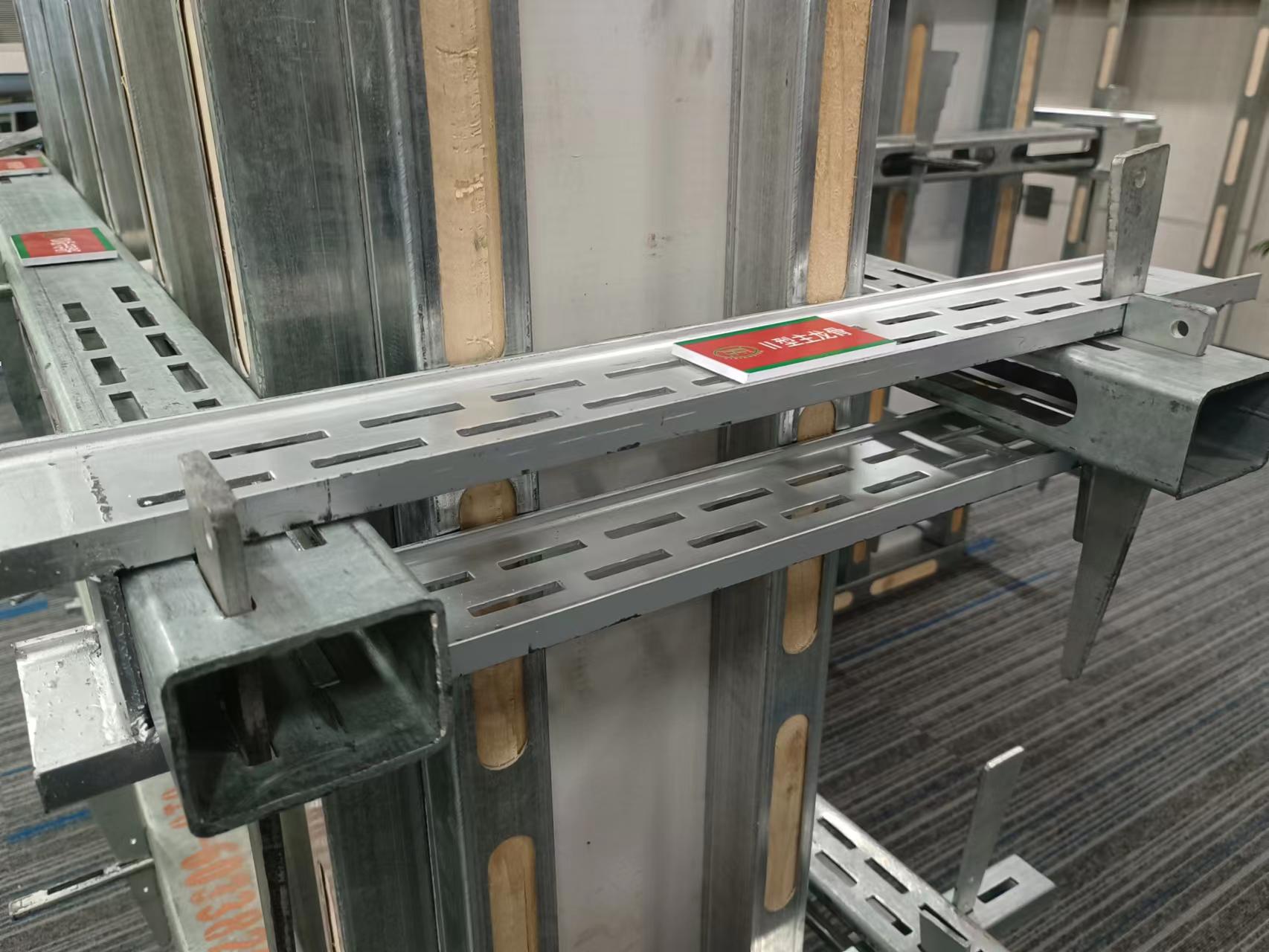
steel timber
Steel and Timber The Future of Sustainable Construction
In the ever-evolving landscape of construction, the utilization of materials plays a pivotal role in determining the environmental impact and overall efficiency of building projects. Among the various materials available, steel and timber have emerged as prominent contenders, each offering unique advantages and challenges. Understanding the synergy between steel and timber can lead to innovative building solutions that maximize sustainability, aesthetics, and structural integrity.
Steel has long been celebrated for its strength, durability, and versatility. As a structural material, it is capable of spanning large distances, making it ideal for skyscrapers, bridges, and industrial buildings. Its resistance to fire, pests, and rot further enhances its longevity, allowing structures to endure the test of time. Moreover, steel is 100% recyclable, reducing the need for virgin materials and promoting a circular economy. However, the extraction and processing of steel are energy-intensive processes that contribute significantly to carbon emissions, raising concerns about its environmental impact.
Steel and Timber The Future of Sustainable Construction
As the construction industry grapples with the challenges of climate change, the combination of steel and timber presents an exciting opportunity for sustainable building practices. Hybrid structures that leverage the strengths of both materials can lead to innovative designs that are both environmentally friendly and aesthetically pleasing. For example, using a steel frame to provide structural support while incorporating timber cladding can create a visually striking building that simultaneously minimizes its carbon footprint.
steel timber

The integration of steel and timber can also enhance construction efficiency. Prefabrication techniques allow for the efficient assembly of building components off-site, reducing construction time and waste. By combining steel's strength with timber's lightweight properties, builders can create structures that are easier to transport and assemble, saving both time and resources.
However, the successful integration of steel and timber is not without its challenges. Designers and engineers must carefully consider the compatibility of the materials, addressing issues such as differential movement, moisture control, and thermal expansion. Proper detailing and construction techniques are essential to ensure the longevity and performance of hybrid structures. Moreover, building codes and regulations may need to adapt to accommodate these innovative designs, promoting a more comprehensive understanding of how these materials can work together effectively.
As we look toward the future of construction, the collaboration between steel and timber provides a promising pathway to more sustainable building practices. Architects and builders have an opportunity to harness the environmental advantages of timber while capitalizing on the strength and durability of steel. This approach not only addresses the pressing need for sustainable construction methods but also contributes to a growing trend of biophilic design that emphasizes the connection between nature and the built environment.
In conclusion, the marriage of steel and timber offers a dynamic solution to the challenges of modern construction. By embracing the unique properties of both materials, we can create buildings that are not only structurally sound but also environmentally responsible. As the construction industry continues to evolve, the innovative use of steel and timber will undoubtedly play a crucial role in shaping a more sustainable and aesthetically pleasing built environment for future generations.
-
The Importance of Reinforcement Bar in ConstructionNewsJul.11,2025
-
The Durability of Timber Steel FurnitureNewsJul.11,2025
-
How to Assemble Fixed Clamp Scaffolding SafelyNewsJul.11,2025
-
Essential Column Rebar Specifications for High-Rise BuildingsNewsJul.11,2025
-
Common Applications of Steel Keels in ConstructionNewsJul.11,2025
-
Benefits of Using Aluminum Scaffolding Ladders Over SteelNewsJul.11,2025
-
Stainless Steel Keel: Analysis of the Triple Advantages of Rigidity, Stability, and LightweightNewsJun.19,2025










